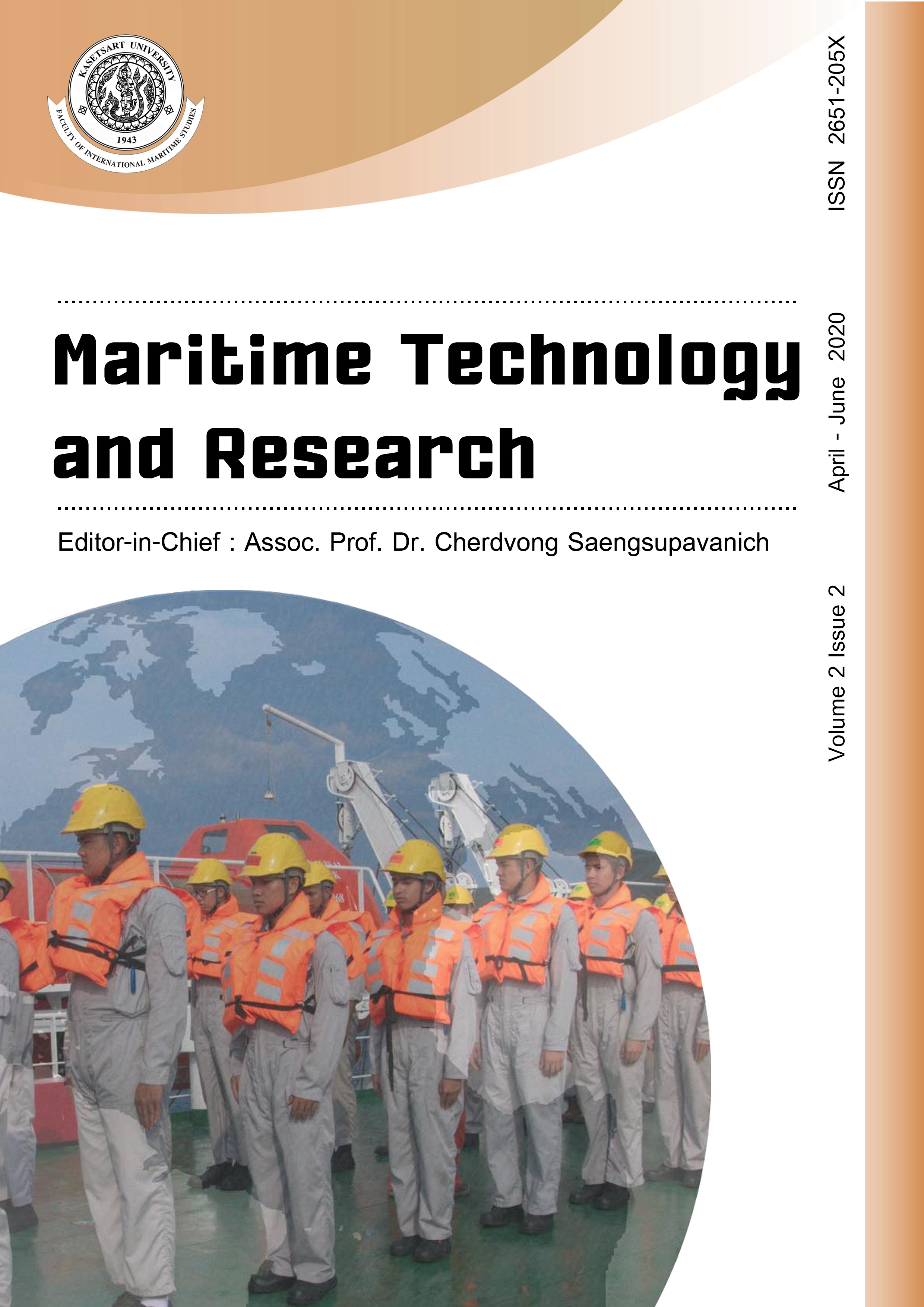Digital training solutions in the maritime context: Options and costs
DOI:
https://doi.org/10.33175/mtr.2020.190782Keywords:
Digital training solutions, Maritime context, Options, CostsAbstract
This paper surveys techniques for distance learning, discussing the characteristics, suitability, and cost aspects of various digital technology options. While the techniques and the employed software are generic, the discussion concerns the maritime context, with focus on technical and regulatory content and a scattered trainee base, as is typical for a classification society.
References
Bertram, V., & Plowman, T. (2018). Virtual Reality for maritime training: A survey. In Proceedings of the 17th International Conference on Computer and IT Applications in the Maritime Industries, Pavone, pp. 7-21.
Bronsart, R., & Musebeck, P. (2007). E-learning for higher education in naval architecture and ocean engineering. In Proceedings of the 6th International Conference on Computer and IT Applications in the Maritime Industries, Cortona, pp. 488-495.
Burrough, S. (2016). Why does everyone hate e-learning? Retrieved from https://www.transform-elearning.com/everyone-hate-e-learning
Chaves, O., & Gaspar, H. (2016). A web based real-time 3D simulator for ship design virtual proto: Type and motion prediction. In Proceedings of the 15th International Conference on Computer and IT Applications in the Maritime Industries, Lecce, pp. 410-419.
Defelice, R. (2017). How long to develop one hour of training? Updated for 2017. Retrieved from https://www.td.org/insights/how-long-does-it-take-to-develop-one-hour-of-training-updated-for-2017
Duarte, N. (2008). Slide: Ology: The art and science of creating great presentations. California: O'Reilly Media.
Ferriman, J. (2013). 9 things people hate about elearning. Retrieved from https://www.learndash.com/9-things-people-hate-about-elearning
Harries, S., MacPherson, D., & Edmonds, A. (2015). Speed-power optimized AUV design by coupling CAESES and NavCad. In Proceedings of the 14th International Conference on Computer and IT Applications in the Maritime Industries, Ulrichshusen, pp. 247-256.
Kapp, K., & Defelice, R. (2009). Time to develop one hour of training. Retrieved from https://www.td.org/newsletters/learning-circuits/time-to-develop-one-hour-of-training-2009
Rosenberg, M. (2018). Marc my words: Why I hate eLearning. Retrieved from https://www.learningsolutionsmag.com/articles/marc-my-words-why-i-hate-elearning
Sitzmann, T. (2011). A meta‐analytic examination of the instructional effectiveness of computer‐based simulation games. Personnel Psychology 64(2), 489-528. doi:10.1111/j.1744-6570.2011.01190.x
Thalheimer, W. (2017). Does elearning work? What the scientific research says! Retrieved from http://willthalheimer.typepad.com/files/does-elearning-work-full-research-report-final.pdf
Downloads
Published
Issue
Section
License
Copyright: CC BY-NC-ND 4.0








